One of the many essentials for life we take for granted is air, clean breathable air. Stale and dusty air can be just as harmful as the polluted air in big cities. The air in your home is trapped in a bubble with barely any filtering. Over time it becomes a breeding ground for micro-organisms. This can be a serious health hazard for people with medical issues such as asthma or allergies. Even without such health issues you most likely will feel like you’re suffocating in your own home during the humid high-temperature summers without ERV or HRV ventilation.
You could just crack open a window or door but if you want to avoid the polluted city air, humid summer air, or perhaps just want to avoid insects flying into your place of residence then you are likely looking for an alternative. This is precisely why methods for controlled ventilation have been invented, to give your household the breathable quality air it deserves. When it comes to controlled ventilation two such systems are most commonly used, HRV and ERV. This article will inform you about some of the major differences between the two systems allowing you to make the correct choice for your home.
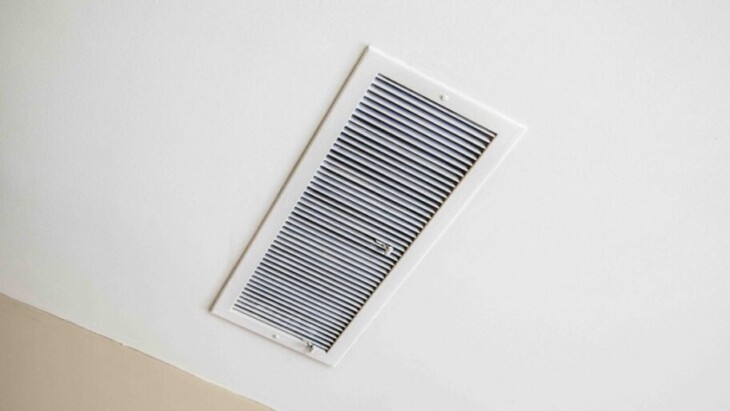
Source: Angie’s List
Contents
What is ERV
ERV or Energy Recovery Ventilator is a ventilation setup that exchanges the stale dusty air of your home with clean filtered outdoors air via your HVAC. Plainly put, it’s like a two-way vacuum blowing out the air from your home and at the same time sucking in the air from the outside while filtering it.
As a passive benefit of this exchange, it also retains a comfortable humidity level during winter and summer periods by passively exchanging the humidity of the transferred air as well as moisture.
Another benefit is that ERV systems are also more energy-efficient than a typical fan as it doesn’t need high power fans and filters air in short cycles allowing you to save money on electricity bills in the long run. You also have a choice between four different ERV types depending on your preference.
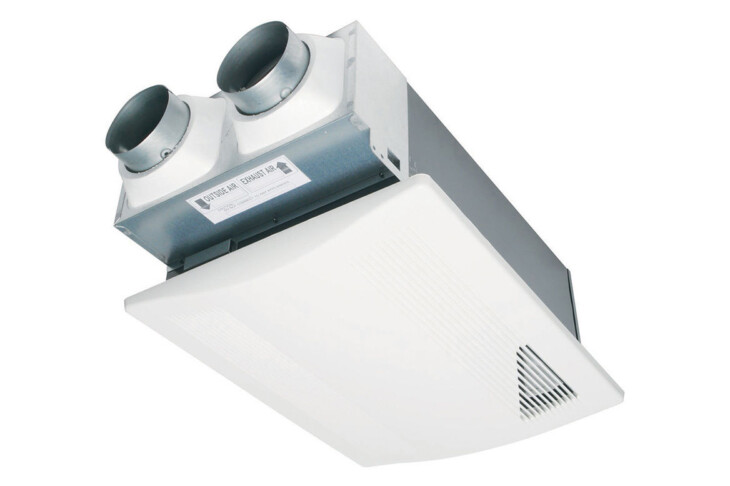
Source: Panasonic North America
What is HRV
According to Blauberg, HRV or Heat Recovery Ventilator is a ventilation system that supplies filtered air to your home while retaining the heat levels inside. Similarly to an ERV, it uses the HVAC setup of your home to exchange and filter air. The difference is HRV can maintain the ambient temperature of either the incoming or outgoing air by passively exchanging the heat between them, this passive heat recovery allows your home to remain at room temperature during winter and summer.
The benefit of using this system is it saves money on heating your home due to the system’s passive heat retention.
There are several different types of HRV systems able to accommodate different preferences and environments.
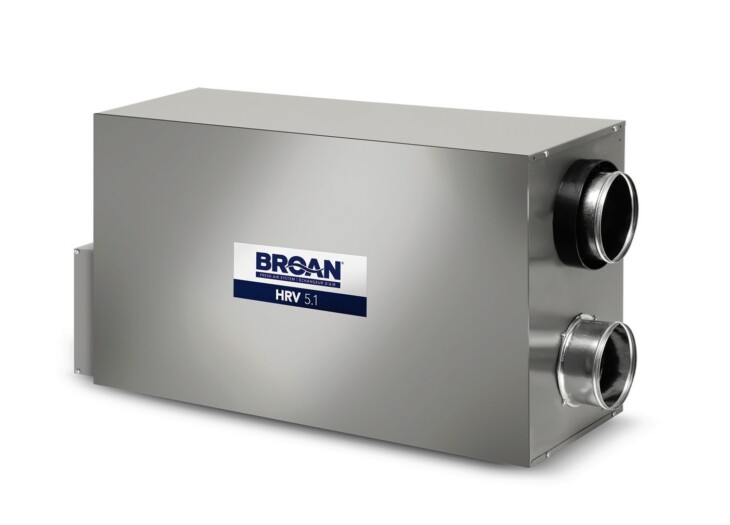
Source: Broan-NuTone
Types of ERV and HRV
There are four types of ERV and HRV systems most commonly used commercially.
Rotary heat exchanger. This type of system uses a rotating wheel-like device that exchanges heat from one air stream into the other by rotating between them and pulling the heat along. These are the most commonly used ERV types as they are cheap and easy to maintain.
- Fixed core heat exchanger. This type of exchanger is generally more expensive and bulkier than the Rotary. Instead of pulling heat between the air streams, which can cause contamination, it exchanges the heat by allowing the air to passively warm-up or cool down the material containing the stream.
- Heat Pipe heat exchanger. This exchanger uses copper pipes that run along between the two air streams. Those copper pipes contain a refrigerant that evaporates and condenses based on the ambient temperature, which is cooled by one stream and heated by the other allowing the two to cool or heat each other.
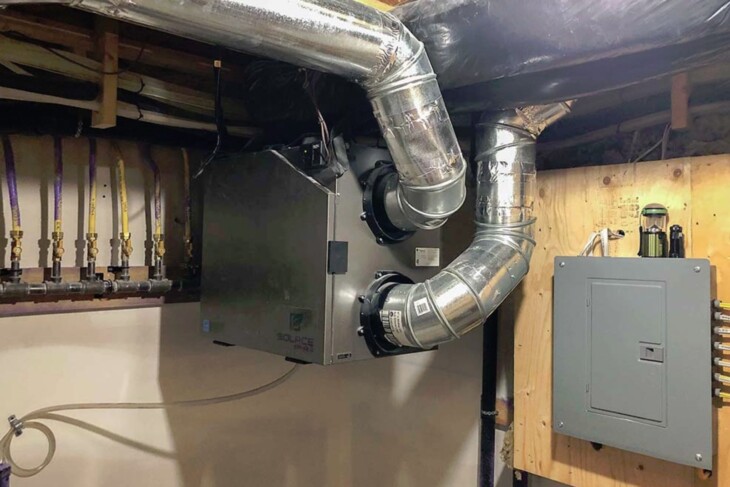
Source: Gambrick.com
What’s the difference between HRV and ERV?
The biggest difference between the Energy Recovery Ventilation system and Heat Recovery Ventilation system is that ERV is capable of containing the humidity of the internal air while filtering the external air. This is why ERV is the preferred system for colder climates where the winter air is extremely dry, but it’s inefficient when it comes to maintaining the ambient room temperature.
HRV opposed to ERV is incapable of containing the humidity of the air it filters, but its benefits come from the ability to efficiently retain heat from the air it filters. This in turn reduces the load on internal air conditioning units and reduces your overall heating expenses. However the efficiency rate of HRV systems varies, the most common ones being 55% while the more expensive ones are up to 90% efficient
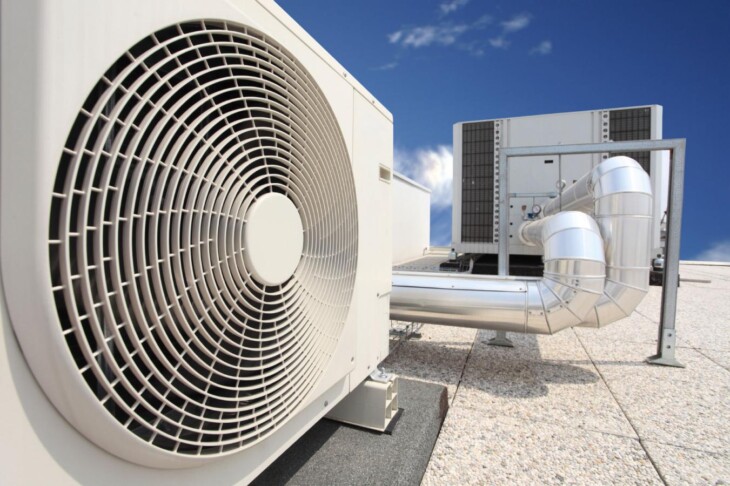
Source: Martin & White
Which one is better?
There isn’t one objectively better system, both ERV and HRV are equally viable options with similar benefits. However, the only notable difference is that for homes in climates where the humidity is high in Winter an HRV would be a better option since it will get rid of the excess humidity while retaining temperature. For the opposite scenario, if the humidity is too low, an ERV system will retain the humidity inside your residence.
As for climates with hot humid summers, an ERV would be more efficient at lowering the humidity and reducing the load on your air conditioning units.
Apart from climates, your choice may also depend on what kind of heating system you use and the size of your household. For example, if you use heating systems that lower the humidity then an ERV system would be preferable.
When it comes to family size, a large group of people in a small home will generate higher humidity air, a small group of people in a large home will generate lower humidity air. ERV is generally better for smaller families in larger homes.
Once you’ve made your choice whether you want an HRV or ERV, you also have to choose the type that best fits your needs.
From the ones we listed, the Rotary is the most commonly used one as it’s efficient, compact, and affordable.
The Fixed core type is more preferable for people with allergies and environments like hospitals as it prevents cross-contamination between the two air streams, but it’s less efficient and more costly. Another drawback is there might be frost buildup in cold climates.
The heat pipe system also prevents contamination, is more compact and reliable but it’s less flexible since it requires the air streams to be close together.
Thank you for taking the time to read this article and we hope the information we provided was useful in informing you of your choice.
